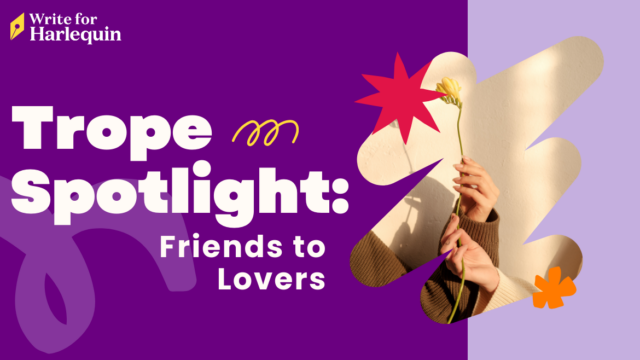
By Katie Gowrie
For any writer, exposition is an important aspect of what makes up their story. To be specific, exposition is simply the facts. All those details about setting, characterization and the situation. This is important info that sets up the story and tells the reader what they need to know.
As Robert McKee writes in his award-winning book, Story, “Skill in exposition means making it invisible.” That packs a punch. He goes on to write, “As the story progresses, the audience absorbs all it needs to know effortlessly, even unconsciously.”
Have you ever read a book or watched a movie where you seemed to absorb the world of the story without noticing it? You’re not hit over the head with it, you breathe it in slowly and naturally. One of the keys to that—and you’ve heard it before—is show vs. tell. Rather than telling the reader what they need to know, show them with genuine scenes that feel organic to the story.
Here are our top five tips on making exposition invisible!
1. Show with inner monologue. Sure, it’s your characters’ thoughts, and so it seems natural to use their thought process to tell. But don’t fall into that trap! Your character can still show with their innermost thoughts and observations. Your heroine may walk through town thinking, “Goose Bay was a small town,” or she might think, “She should’ve known there’d be a wait at Lester’s Diner. It was the only place in town to go for breakfast on Sundays.”
2. Dialogue is equally important. Sometimes, dialogue can count as telling (are the characters’ lines stilted, unnatural and information-heavy?). You can show us a lot about the setting and characters through well-placed, honest and natural-sounding conversations. Best of all, dialogue can be a good way to cut out lengthy exposition and get to the heart of something with a few well-thought-out lines of back-and-forth.
3. Parse it out. We don’t need to know everything upfront, just the basics to set up the story. Try sticking to the basics first and giving details only as needed. Best of all, you can drop hints about the bigger stuff (i.e. – secrets!) as you go, to build the reader’s curiosity. As McKee writes, “Confident writers parse out exposition, bit by bit, through the entire story […] you do not keep the audience’s interest by giving it information, but by withholding information.”
4. Keep pacing in mind. While you want to inform the reader, you might not wish to slow down the action. It’s all about the action, right? So if you notice that larger swaths of inner monologue, dialogue or narrative are overtaking the scene but not contributing to the plot or conflict, condense it! You don’t want to lose the reader’s interest by slowing down the forward momentum of your story.
5. Trust your reader. This is important—as the author, you have the power, but let’s give the readers some credit. Know that you don’t have to spell everything out for them in order for them to get it; they’re likely reading closely, as you are. Trust that they’re picking up facts, remembering details and reading between the lines.
As always, try to strike that balance, and remember that this might change from one story to the next. Have fun experimenting with different ways to reveal the facts about your characters and showcase the world of your story. (And if you’re looking for further tips and haven’t already read Robert McKee’s Story, I’d recommend it!)
What are your thoughts on writing exposition, and how do you like to handle it? Share with us in the comments below!




